All goods and vehicles are transported across the border of the EAEU member states (including Russia) in accordance with a certain customs regime. This is a set of standards under which the status of products and vehicles is established when crossing the border. This term was cited in the Labor Code of the Russian Federation. However, the phrase “customs procedure” is currently being applied, which, in essence, is what was formerly called the customs regime. These terms in the article will be used as synonyms. Let's talk about the types of procedures that exist today.

Kinds
Currently, the current modes can be divided into the following groups:
- Basic (for domestic consumption, export, transit).
- Economic (processing, import, warehouse).
- Final (re-import, re-export, destruction, failure).
- Special (temporary export, trade without levying duties, supplies, other regimes).
Consider the features of these procedures separately.
For domestic consumption
Under this regime, goods are imported into the Russian Federation in order to remain on its territory without an obligation to export. This procedure is used most often. There are no particular difficulties in its application. The regime is characteristic of foreign economic contracts for the supply of goods of foreign production with a view to sale on the domestic Russian market.
Export
This basic customs regime is a procedure in which goods are exported from the EAEU without the obligation to return them. In this case, it is necessary to pay the established customs payments, observe economic political measures and export goods in unchanged condition (not counting the natural depreciation). Russian goods exported under this regime can be returned when placed under re-import.
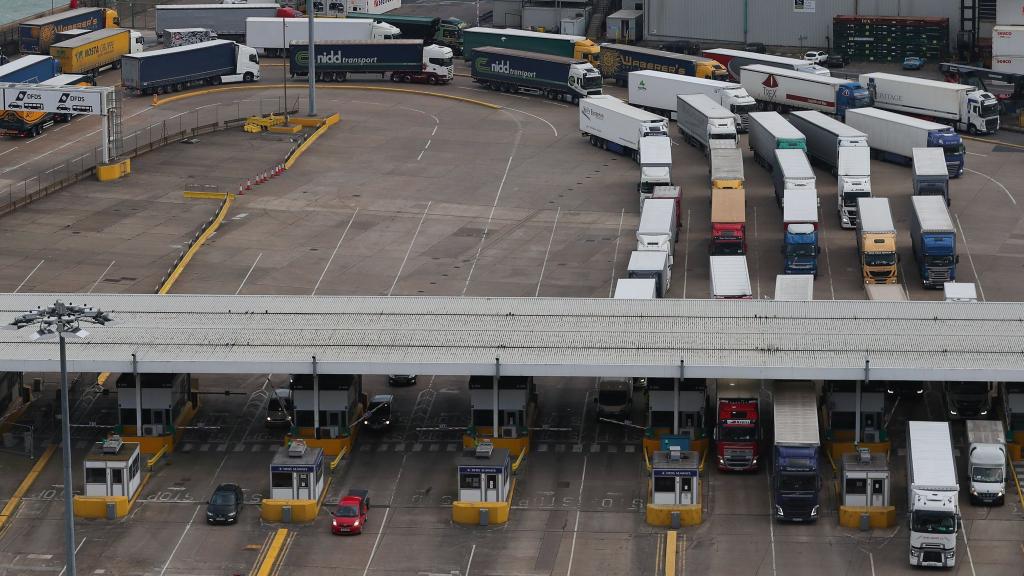
Transit
In this case, the goods are moved under the control of the EAEU customs authorities without levying customs payments and using economic measures. Responsibility rests with the carrier. During transit, goods can be reloaded onto another vehicle, and this will not cause a change in regime.
Recycling
The processing procedure is provided for in three modes, namely:
- In the territory of customs.
- Outside the customs territory.
- For domestic consumption.
In the first case, processing is a customs regime in the Russian Federation, in which goods of foreign production are processed in the territory of customs with a refund of customs payments if export of products is ensured in the future. At the same time, temporary import of these goods is provided. The procedure consists of the following steps:
- Manufacturing, installation, assembly and fitting.
- Directly processing and processing.
- Repair and tidying up of goods.
In the second case, the customs regime implies the use of goods of foreign origin in the customs territory without the application of duties and fees under the control of the customs with a view to further release into circulation or placement under another regime. It provides for:
- Lack of customs payments.
- Implementation of processing under customs control.
In addition, under this regime, goods can only be placed by a commercial enterprise that plans to carry out appropriate processing. The maximum duration of the procedure is six months. Goods cannot be excisable, and customs taxation cannot be more than 100% of the value of goods.
In the third case, we are talking about a procedure in which domestic goods are exported without the use of non-tariff regulation measures for their processing and for release into free circulation. In this case, a partial or full exemption from customs payments is provided.
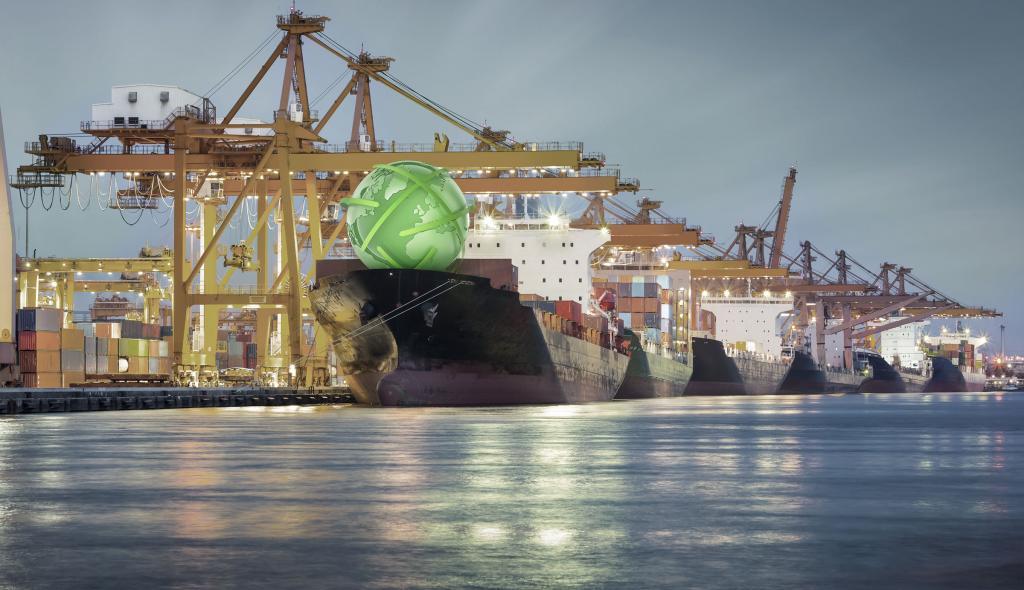
Temporary import and export
These customs regimes are procedures in which use is carried out on or outside the customs territory with partial or full exemption from customs payments. In order to place goods under these customs procedures, the following conditions must be met:
- Items must be returned in unchanged condition (not counting normal wear and tear).
- Customs is granted permission if there are clear parameters for identifying goods.
- Timing is set at customs, taking into account specific goals and circumstances. But they can not exceed 2 years.
Stock
Warehouses can mean 3 customs regimes, in particular:
- Customs free zone.
- Free warehouse.
- Customs warehouse.
Under the first two modes of the customs warehouse, goods of foreign origin are placed and applied without additional payments, while domestic goods are placed on the terms that are used for export during the customs procedure of export. Under these modes, the goods can be for any period. At the same time, production and commerce are allowed, except for retail trade and activities prohibited by the EAEU legislation.
At a customs warehouse, goods are stored under customs control without additional charges. If they are intended for export, then privileges can be established.

Reimport and re-export
Re-import refers to the return import of Russian goods from abroad. However, they should not be processed. The procedure is carried out on time without levying additional customs payments. The conditions for placing goods under this customs regime of the Russian Federation are as follows:
- Goods exported from Russia in accordance with the export regime.
- They are Russian goods, that is, put into circulation on the territory of the Russian Federation, before their actual export.
- Imported into the customs territory within 10 years after export.
- They are in an unchanged condition, with the exception of depreciation or loss during transportation and storage.
Re-export means a regime in accordance with which foreign-made goods are exported from Russia without charging additional fees or with the return of import duties and tax fees. The following conditions must be met for this procedure:
- Goods must be of foreign origin.
- For re-export, you must have permission of the State Customs Committee of the Russian Federation.
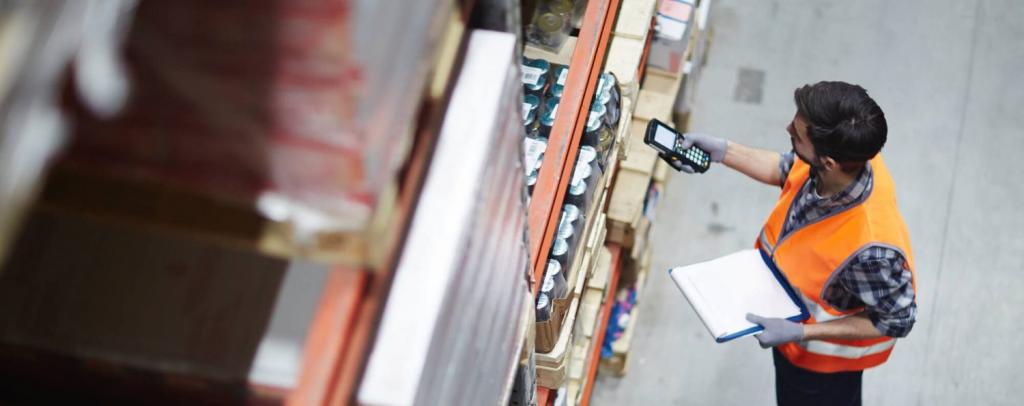
Destruction
Destruction refers to the customs procedure, which consists in the fact that goods of foreign production are destroyed under the control of customs. This also includes bringing them into a state in which further use becomes almost impossible. Also, no additional fees will be charged under this customs regime.
The customs procedure for the destruction of goods is possible only with the appropriate permission of the head of the customs unit (or his deputy, if he has authority). This will be denied if this regime can harm the environment and also lead to government spending.
Waste generated during destruction is placed under the established regime in the form of goods of foreign production, which will be under the control of customs and which will be charged accordingly (with the exception of those goods whose value is less than 20 US dollars).
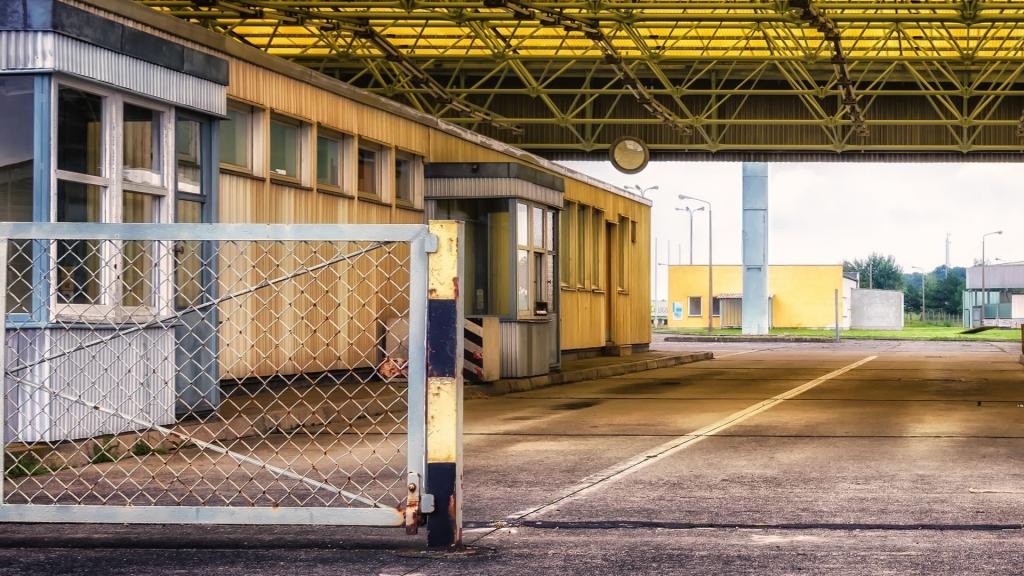
Denial in favor of the state
Under this customs regime, goods are rejected without additional customs fees being charged. The procedure is used in cases where the goods cannot be used (as with destruction) or this is a disadvantageous job.
The customs regime of refusal in favor of the state is carried out in the region where the goods are located. For its application, special permission should be obtained from the head of the customs unit or his deputy, authorized to resolve such issues. The procedure will be refused if:
- It will incur expenses from the state.
- The product is illiquid. This means that its price will not pay back all the costs of customs sales.
- There is no authorization in relation to goods that are legally subject to appropriate control.
Free trade
A duty-free shop is understood to mean a customs procedure where goods are sold under customs control without additional charges. This mode is possible under the following conditions:
- Foreign or domestic goods are sold only to individuals who travel outside the Russian Federation.
- Goods can be anything other than those that are forbidden to be imported into the country.
- Selling is done in cash or by credit card.
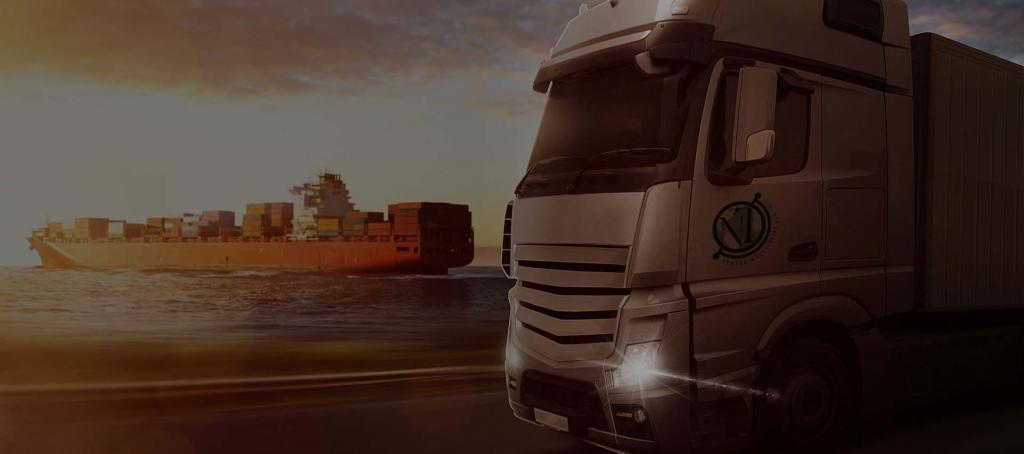
Conclusion
From the article, we found out that the customs regime is an appropriate procedure stipulated by law and operating in the entire EAEU, including Russia. There are different modes, for example, processing on the territory of customs or outside it, export, re-export or re-import, destruction, refusal in favor of the state, and so on. The declarant selects one of them that best solves the tasks. In this case, it is necessary to comply with the established conditions, otherwise the placement of goods under a particular procedure may be refused.
Before contacting, it is advisable to inquire about the mode of operation of the customs post. This will save time for filing a declaration.









